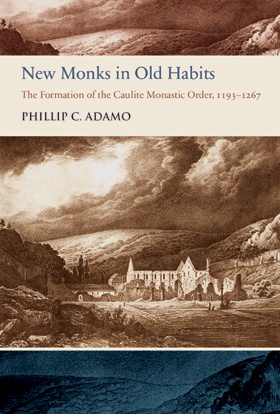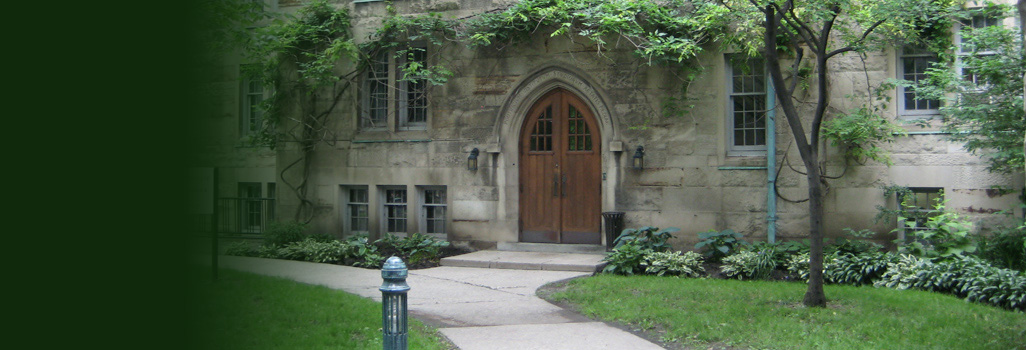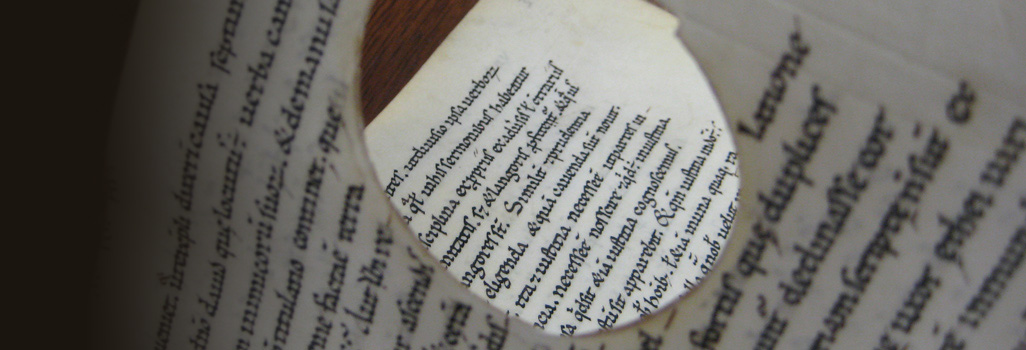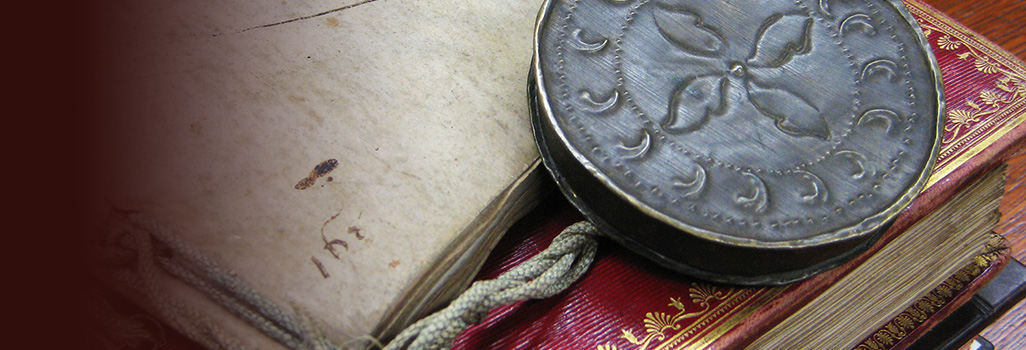
New Monks in Old Habits: The Formation of the Caulite Monastic Order, 1193–1267
Studies and Texts 189. 2014. xvi, 260 pp.
ISBN 978–0–88844–189–8 • Cloth • $85.00
The eleventh to the thirteenth centuries saw the growth of a number of movements seeking monastic reform. The Caulites, or Valliscaulians, named for the site of their first monastery in northwest Burgundy, were innovators in monastic practice. They expanded throughout a broad region in western Europe, and counted among their benefactors some of the most important noble families of their day. The order lasted almost six centuries, yet remains obscure in the historiography of medieval monasticism.
Medieval monasticism was not uniform and monolithic. Even after the ninth-century adoption of the Rule of Benedict as the standard for most monasteries throughout the Carolingian Empire, there was wide variation in its practice. The eleventh to the thirteenth centuries, a time of especially great religious ferment, saw the growth of a number of movements seeking to reform monastic practice, to make it more ascetic, more “true” to the Regula Benedicti. In the early thirteenth century, the Franciscan and Dominican Friars were the agents of reform, and many historians see the Friars as a watershed in the history of religious life in the Middle Ages. Yet when Francis of Assisi was only eleven years old, before the creation of the Franciscan life was barely an idea, monasticism in Burgundy experienced another reform. This was the foundation of the Caulite Order.
The Caulites founded their first monastery in 1193, roughly a century after the advent of the Cistercians, barely two decades before the advent of the Franciscans. The order, also referred to as the Valliscaulians, was named for the site of this first monastery in Val-des-Choux or “valley of cabbages,” located in the Châtillon forest, some twelve kilometers southeast of the town of Châtillon-sur-Seine in northwest Burgundy. The most important benefactor of the order was Odo III, duke of Burgundy. The order’s spiritual founder was a certain Viard, sometimes called Guy or Guido, who, according to eighteenth-century mémoires of the order, was a former Carthusian lay brother. The Caulite Order received papal approval in 1205. It expanded in the first half of the thirteenth century, growing to some seventeen houses in France (mostly Burgundy), three in Scotland, one in what is today the Netherlands – some historians have even suggested Spain and Portugal – and founding its last monastery in 1267. The order lasted almost six centuries, but reduced numbers (both of monks and properties) forced the Caulites in 1764 to unite with, and be governed by, the Cistercian abbey of Sept-Fons, in the Bourbonnais region of France. They experienced a brief revival in the late eighteenth century, but then disappeared in the wake of the French Revolution.
The Caulites were innovators in monastic practice: they expanded throughout a broad region in western Europe, and counted among their benefactors some of the most important noble families of their day. Yet they remain obscure in the historiography of medieval monasticism. It is time for this state of affairs to change.
View prelims and contents.
Author
Phillip C. Adamo received his doctorate from The Ohio State University, and is currently Associate Professor in the Department of History and Director of Medieval Studies at Augsburg College, Minneapolis. Much recognized as an inspiring teacher, he was presented with a CARA Award for Excellence in Teaching by the Medieval Academy of America in 2014. The author of articles in Cîteaux: Commentarii cistercienses and Revue Mabillon, as well as essays in a number of reference works, he collaborated with Joseph H. Lynch on the second edition of The Medieval Church: A Brief History (2013).
Endorsements
“The vast corpus of monastic sources has proved fundamental to the growth of historical scholarship on religion in the Middle Ages. Most scholars, however, have rarely wandered far from the well-paved roads of research, studying only the most famous foundations and orders and reading and rereading the same documentary and material evidence. Phillip Adamo has chosen instead to explore the little-known order of Caulites and some unusual sources, starting with a customary. His deeply informed study of one of the last ‘reform orders’ founded at Val-des-Choux in Burgundy in 1193 should serve equally to deepen our own understanding of the period just before the primacy of monasticism was eclipsed by the mendicant orders (Franciscans, Dominicans, and others). But its emphasis on the economic, political and social history of the order should also help provide a more accurate and nuanced appreciation of medieval monasticism within the wider currents of the history of spirituality.”
Isabelle Cochelin, University of Toronto
Reviews
“This is a thoroughly researched and well-presented book. Although the Valliscaulians are not a high-profile order, such is the skill and clarity with which the material has been deployed, it could easily provide an introductory case study for monastic history in the twelfth century. As the author remarks at the beginning of his work, 'the history of a small thing can tell us something about the history of bigger things'.”
Kathleen Thompson, in Speculum (2016)“Professor Adamo has presented us with a carefully researched, clearly written study of the Caulites, which also provides opportunities for further research into the adaptations of existing monastic practices by new monastic ventures. His wide-ranging notes and the analysis of the Caulite records, in an appendix, are particularly helpful in this regard.”
John B. Wickstrom, in The Medieval Review (2015)“New Monks in Old Habits is a passionate, articulate, and thorough study of a neglected order of medieval monks. The book is a model case study for graduate students on how to perform research on monastic topics ... historians of twelfth- and thirteenth-century Christianity would be remiss in ignoring Adamo's careful reading of the Caulites' distinctive approach to monastic reform.”
Lauren Mancia, in The Catholic Historical Review (2015)“New Monks in Old Habits is a helpful introduction to the elusive sources for a little-known order of late medieval Benedictine monks. ... scholars of medieval monasticism should be grateful to Adamo for calling our attention to the 'cabbage valley monks,' whose mingling of Carthusian, Benedictine, and Cistercian traditions created a new monastic ideal that, for all of its modesty, endured until the French Revolution.”
Scott G. Bruce, in H-France Review (2016)
Ordering
Customers in North America please order through University of Toronto Press Distribution by phone (1-800-565-9523) or by email (utpbooks@utpress.utoronto.ca). If you would like to order through UTP Distribution using another method such as mail or fax, please click here for a full list of contact and ordering methods. PIMS books are also available on Amazon.ca (for Canadian customers) and Amazon.com (for customers in the U.S.).
Customers outside North America please order through Brepols Publishers. PIMS books are available through the Brepols online catalogue.


